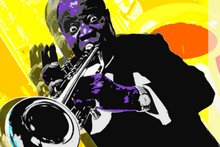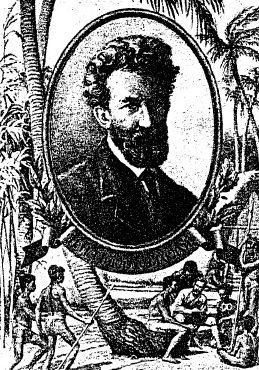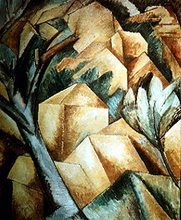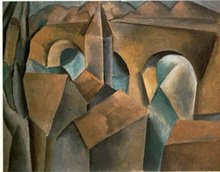Initial Approach to a Draft of PhD Dissertation Proposal
Abstract
Abstract
Today a demand to find the native logic by which different peoples in the world make sense out of life increases. Study in comparative folkloristic and mythology helps bring into light the hidden sense of understanding the world in terms of symbolic systems of various peoples both in present and in past. Comparative mythology and folkloristics together with comparative linguistic and archaeology might bring new knowledge of the early period of human history extending back before the time of written documents and in this way satisfy interests of humanity to its prehistory and bring into light unconscious cultural patterns of present societies, which they inherited from their ancestry and share among themselves nowadays. My future dissertation contribution supposed to be holistic study where I hope realize my research interests in the fields of cultural anthropology, history, archaeology, comparative mythology, folkloristics, linguistic, ethnography, and geography.
In the current initial approach to a draft of my PhD dissertation proposal I suppose to demonstrate that study in comparative mythology and folkloristics is able to discover new data concerning the phenomenon of cultural change and stability. As a source of collecting the initial data I use here the data of the well-known American folklorist Stith Thompson. In 1928 he translated the motif-based classification system of folktales, which was created by Finnish folklorist Aarne. In 1961 Thompson enlarged the catalogue scope and created the AT-number system which became six-volume Motif-Index of Folk-Literature (1932–37) and until now is considered the international key to folkloristics data. As a sampling frame for my classification I chose the part of Thompson’s work, which is devoted to motifs connected with the idea of gods. An important source of new data collecting is a survey research, which I base on my preliminary analysis of Thompson data. In survey research I collected data which are relevant both for the mythological symbols, and the facts of objective phenomena.
A current exploratory research for my initial approach to a draft of PhD dissertation intends to clarify whether particular animals’ images in folklore, mythology, superstitions, and decorative arts reflect corresponding animals’ long time high level significance for such important aspects of human life as needs in food, safety, and transportation. In this work I argue that the facts of objective phenomena with certain level of significance for human biological and social life (such level of significance I call ‘mythological significance’) manifest themselves in special forms of artifacts, such as proverbs, songs, and fairy tales, which not only describe the significant for human life facts of objective phenomena, but also preserve empirical knowledge about their significance and transfer it to the next generations. I suppose also that such particular form of those artifacts as stable mythological symbols and motifs longer and most precisely preserve the empirical knowledge about especially significant facts of objective phenomena. In current paper I apply three hypotheses where I test positive correlation between two variables: facts of objective reality (a class of objective phenomena) and mythological symbols and motifs. To test this correlation I chose three groups of items - edible game (ecofacts with positive significance); dangerous animals (ecofacts with negative significance); and domestic animals (ecoartifacts). It was constructed also two dimensions (inevitability and significance for human life), and an indicator (degree of references for particular mythological symbols and motifs) which help to measure these variables and test positive correlation between them.
Igor Sitnikov
Igor Sitnikov











No comments:
Post a Comment